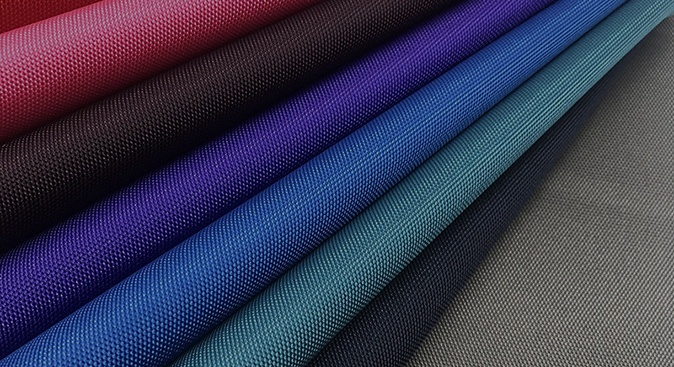It is often seen that 300D and 600D are used to describe fabric. But do you know what this D means? What is the difference between 300D and 600D, which one is thicker and heavier?
I can tell you clearly that 600D is thicker and heavier than 300D. But why is there such a difference?
This blog will help you solve your doubts.
Introduction
Explanation of Denier as a unit of Measurement
In the context of denier (abbreviated as “D”), the letter “D” stands for “denier”, which is a unit of measurement used to describe the thickness and weight of a fiber or yarn. It is commonly used in the textile industry to describe the weight and thickness of synthetic fabrics such as nylon, polyester, and other materials. The denier number refers to the weight in grams of a single strand of yarn that is 9,000 meters long. So, for example, a fabric with a Denier of 600 means that a 9,000-meter length of the yarn used to make the fabric weighs 600 grams.
Importance of Fabric Thickness for Different Applications
The thickness of a fabric is a crucial factor in determining its suitability for various applications. Thicker fabrics have unique properties that can be beneficial in different situations.
For instance, lighter and thinner fabrics such as cotton or silk are more breathable and comfortable in warm weather, while thicker fabrics such as wool or cashmere provide greater insulation and warmth in colder temperatures.
In upholstery and outdoor gear, thicker fabrics are preferred for their durability and resistance to wear and tear. In industrial applications, thicker fabrics can better withstand harsh environments, chemicals, and heavy use. The thickness of a fabric plays a significant role in determining its durability, insulation, and overall suitability for a particular application. When selecting a fabric, it is crucial to consider the thickness of the material in addition to other factors like composition, finish, and weave to ensure it can withstand the demands of the intended use.

Understanding 300D and 600D Oxford fabrics
Comparison of 300D and 600D Fabrics in terms of Denier Count
300D and 600D Oxford fabrics are two different types of Oxford fabrics that differ in their denier count. Oxford fabric is a type of woven fabric that is commonly used for bags, backpacks, and other similar products. It is made from a blend of polyester and nylon fibers, which makes it durable, lightweight, and water-resistant.
300D Oxford fabric has a denier count of 300, which means it is thinner and lighter than 600D Oxford fabric. It is commonly used for products that require a lighter weight, such as tote bags, laptop sleeves, and lightweight backpacks.
On the other hand, 600D Oxford fabric has a denier count of 600, which means it is thicker and heavier than 300D Oxford fabric. It is often used for products that require more durability, such as heavy-duty backpacks, luggage, and outdoor gear.
In summary, the difference between 300D and 600D Oxford fabrics lies in their denier count, with 600D being thicker and more durable than 300D. The choice between the two fabrics depends on the intended use of the product and the level of durability required.
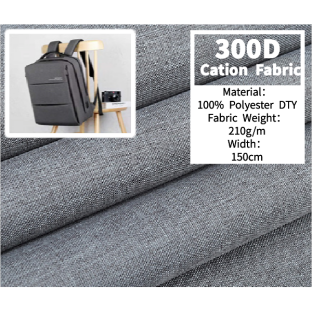

Factors affecting fabric thickness
Fiber Type and Composition
The thickness of a fabric can be influenced by its fiber type and composition. Fabrics made from natural fibers are generally thicker than those made from synthetic fibers. Blended fabrics may also be thicker due to differences in fiber thickness. The weight and number of yarns used can also affect the thickness of the fabric. Manufacturers can select appropriate fibers and yarns to achieve desired thickness.
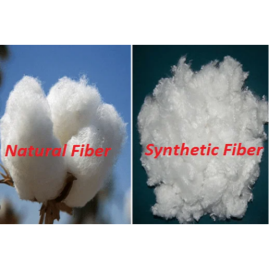
Weave Pattern and Structure
The thickness of a fabric can be affected by its weave pattern and structure. A plain weave creates a lightweight and flat fabric, while a twill weave produces a thicker and denser fabric. The tightness of the weave or knit structure and yarn diameter also impact thickness. Multi-layered fabrics are typically thicker. By considering these factors, manufacturers can select fabrics that meet their needs.
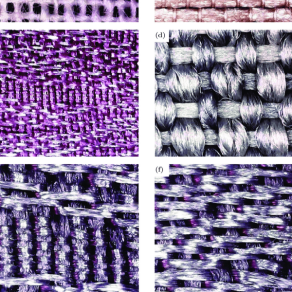
Coating or Finishing Applied to the Fabric
Coatings or finishes applied to fabrics can add thickness. A polyurethane (PU) coating, for example, will make the fabric thicker. The thickness of the coating depends on the method used and desired level of water resistance or durability. The type of coating or finishing can also impact thickness. A silicone coating is generally thinner than a PU coating. The number of layers applied can also increase thickness. Manufacturers should consider the intended use of the fabric when selecting coatings or finishes, as well as the desired thickness and weight.
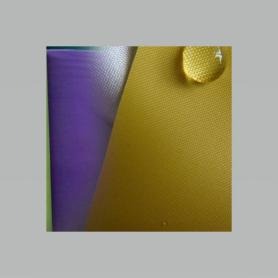
Determining fabric suitability for specific applications
Consideration of Application Requirements (e.g. durability, weight)
When choosing a fabric for a particular application, consider factors like durability, weight, and functionality. Fabrics made of polyester or nylon are typically more durable, while lightweight materials like nylon work well for lighter applications. Functionality is also important; medical equipment and protective gear require special properties like anti-bacterial or flame-resistant features. Select a fabric with appropriate properties to ensure it meets the needs of the intended use.
Examples of Applications Where 300D or 600D Oxford Fabric may be used
The suitability of 300D or 600D Oxford fabric for a specific application depends on factors such as the application’s requirements and the properties of the fabric. 300D Oxford fabric is lightweight and durable and is used in backpacks and laptop bags. 600D Oxford fabric is thicker and more durable, making it ideal for heavier applications such as outdoor furniture covers and camping equipment. Manufacturers should consider the specific needs of their application and the properties of the fabric when selecting the most suitable material.
Other Factors to Consider When Selecting an Oxford Fabric
Other factors to consider when selecting an Oxford fabric include color, pattern, texture, and price. These factors can impact appearance and cost and should be considered in combination with the application’s requirements. The suitability of a fabric for a specific application ultimately depends on a variety of factors, including the product’s intended use, functionality, and durability. Choosing the right fabric can impact the product’s appeal, production process, and profitability. Therefore, careful consideration of all factors is necessary to select the most suitable fabric for a specific application.

Conclusion
Importance of Choosing the Right Fabric for Specific Applications
First, the fabric’s properties can affect the product’s functionality and durability. For example, a backpack made of lightweight but durable fabric like 300D Oxford fabric will be more comfortable to carry and withstand the rigors of daily use.
Second, selecting the right fabric can impact the product’s appearance and appeal. Choosing a fabric with the desired color, texture, and pattern can enhance the product’s aesthetic and appeal to consumers.
Finally, the right fabric choice can impact the production process and cost. For example, a fabric that requires special equipment or processing may increase production costs, while a fabric that is readily available and easy to work with can reduce costs and improve efficiency.
Overall, selecting the right fabric for a specific application is essential to create a quality product that meets customer expectations and requirements while also ensuring efficient production and profitability.



